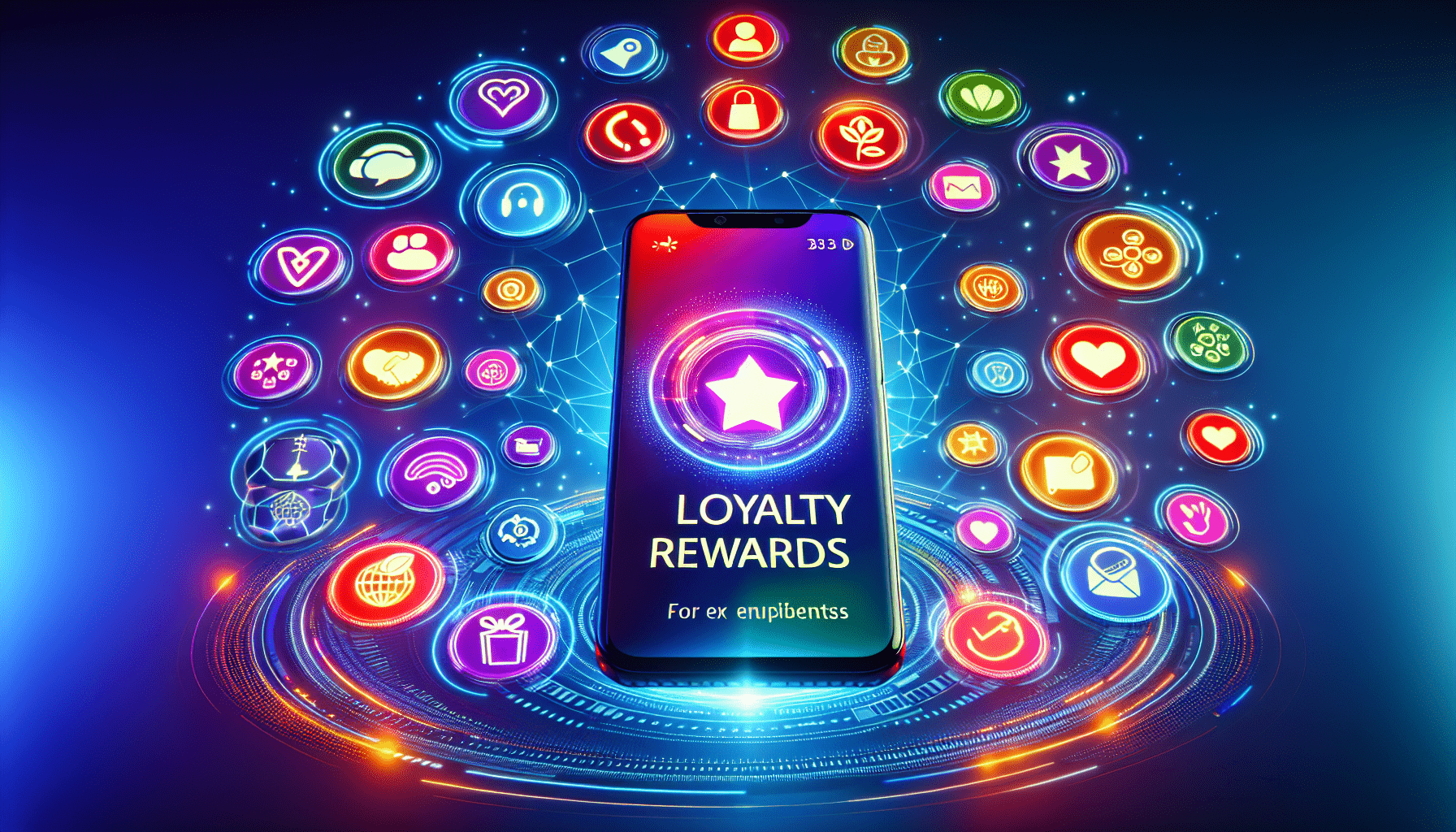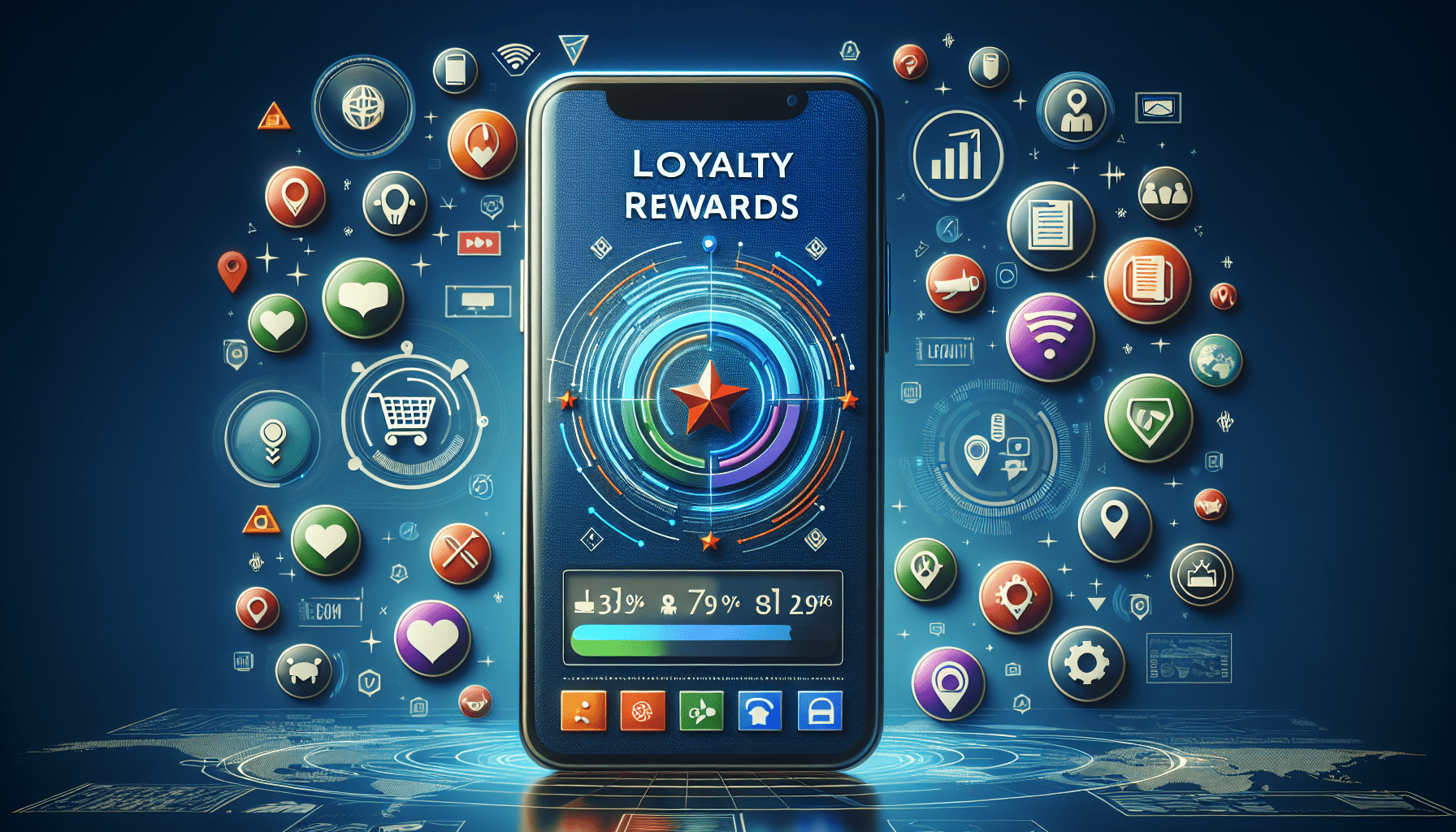Understanding Customer Loyalty Programs
Customer loyalty programs are essential for businesses looking to retain customers and encourage repeat purchases. In the digital age, these programs have evolved to include various strategies to engage customers and build lasting relationships. In this article, we will explore effective strategies for building customer loyalty programs in the digital age.
What is Customer Loyalty?
Customer loyalty refers to the likelihood that a customer will continue to purchase from a particular brand or company. By building strong customer loyalty, businesses can increase customer retention, boost profits, and create a loyal customer base. In the digital age, customer loyalty programs play a crucial role in fostering long-term relationships with customers.

Importance of Customer Loyalty Programs
Customer loyalty programs offer numerous benefits for businesses, including increased customer retention, higher customer lifetime value, and improved customer satisfaction. Implementing an effective customer loyalty program can help businesses stand out in a competitive market and build a loyal customer base.
Benefits of Customer Loyalty Programs
Customer loyalty programs can lead to increased customer retention, as loyal customers are more likely to continue purchasing from a brand. These programs also help businesses increase customer lifetime value by encouraging repeat purchases and fostering long-term relationships with customers. Additionally, customer loyalty programs can improve customer satisfaction by rewarding customers for their loyalty and creating a positive brand experience.
Key Components of Effective Customer Loyalty Programs
To build a successful customer loyalty program in the digital age, businesses need to consider key components that will engage customers and encourage loyalty. These components include personalized rewards, seamless user experience, and omnichannel integration.
Personalized Rewards
One of the most effective ways to engage customers and build loyalty is by offering personalized rewards. By collecting data on customer preferences, purchase history, and behavior, businesses can tailor rewards and incentives to individual customers. Personalized rewards make customers feel valued and appreciated, leading to increased loyalty and engagement.
Seamless User Experience
A seamless user experience is essential for the success of a customer loyalty program. Customers should be able to easily enroll in the program, track their rewards and points, and redeem rewards without any hassle. Businesses can achieve a seamless user experience by investing in user-friendly interfaces, mobile optimization, and clear communication about the program benefits and rewards.
Omnichannel Integration
In the digital age, customers interact with brands across multiple channels, including websites, social media, and mobile apps. To build an effective customer loyalty program, businesses need to integrate their program across all these channels. This omnichannel approach allows customers to engage with the program wherever they are, increasing participation and engagement.
Strategies for Building Effective Customer Loyalty Programs
Building an effective customer loyalty program requires careful planning and strategic implementation. To create a successful program in the digital age, businesses can use a combination of strategies, including tiered rewards, exclusive offers, and gamification.
Tiered Rewards
Tiered rewards are a popular strategy for customer loyalty programs, as they encourage customers to earn points or rewards based on their level of engagement with the brand. By offering different reward tiers, businesses can motivate customers to make repeat purchases and unlock exclusive benefits. Tiered rewards also create a sense of progression and achievement for customers, driving loyalty and engagement.
Exclusive Offers
Exclusive offers are another effective strategy for building customer loyalty in the digital age. By providing exclusive discounts, promotions, or products to loyalty program members, businesses can incentivize customers to join the program and make repeat purchases. Exclusive offers make customers feel valued and appreciated, leading to increased loyalty and retention.
Gamification
Gamification is a fun and engaging way to build customer loyalty in the digital age. By incorporating elements of gaming, such as challenges, achievements, and leaderboards, businesses can create a sense of competition and excitement around their loyalty program. Gamification motivates customers to participate in the program, earn rewards, and engage with the brand, driving loyalty and retention.
Measuring the Success of Customer Loyalty Programs
To ensure the success of a customer loyalty program in the digital age, businesses need to measure key performance indicators (KPIs) and track program metrics. By monitoring the effectiveness of the program, businesses can make data-driven decisions to optimize their strategies and improve customer engagement.
Key Performance Indicators (KPIs)
Key performance indicators (KPIs) are essential for measuring the success of a customer loyalty program. Businesses can track KPIs such as customer retention rate, average order value, and customer lifetime value to assess the impact of the program on their bottom line. By analyzing KPIs, businesses can identify areas for improvement and make strategic adjustments to their loyalty program.
Program Metrics
In addition to KPIs, businesses need to track program metrics to understand the effectiveness of their customer loyalty program. Program metrics such as enrollment rate, redemption rate, and engagement rate provide valuable insights into customer behavior and program performance. By analyzing program metrics, businesses can identify trends, preferences, and opportunities for personalization to enhance customer loyalty and engagement.

Implementing Customer Feedback
Customer feedback is a valuable tool for improving customer loyalty programs and driving customer engagement. By listening to customer feedback, businesses can identify areas for improvement, address customer concerns, and implement changes to enhance the program experience.
Gathering Customer Feedback
To gather customer feedback, businesses can use surveys, feedback forms, or online reviews to collect insights from program participants. By asking customers about their experience with the loyalty program, businesses can identify pain points, preferences, and opportunities for improvement. Gathering customer feedback is essential for understanding customer needs and expectations, and for making data-driven decisions to optimize the program.
Implementing Changes
Once businesses have gathered customer feedback, they can implement changes to enhance the customer loyalty program. By addressing customer concerns, improving program features, and introducing new rewards or incentives, businesses can increase customer satisfaction and loyalty. Implementing changes based on customer feedback shows participants that their opinions are valued and leads to a more engaging and rewarding program experience.
Conclusion
In conclusion, building effective customer loyalty programs in the digital age requires a strategic approach that focuses on engaging customers, offering personalized rewards, and measuring program success. By implementing key components such as personalized rewards, seamless user experience, and tiered rewards, businesses can create a successful loyalty program that fosters long-term relationships with customers. By utilizing strategies such as exclusive offers, gamification, and omnichannel integration, businesses can drive customer engagement and loyalty in the digital age. By measuring key performance indicators and tracking program metrics, businesses can optimize their loyalty program and make data-driven decisions to improve customer engagement. Implementing customer feedback is essential for enhancing the program experience, addressing customer concerns, and driving loyalty and retention. Building effective customer loyalty programs in the digital age is crucial for businesses looking to differentiate themselves in a competitive market and build a loyal customer base.
